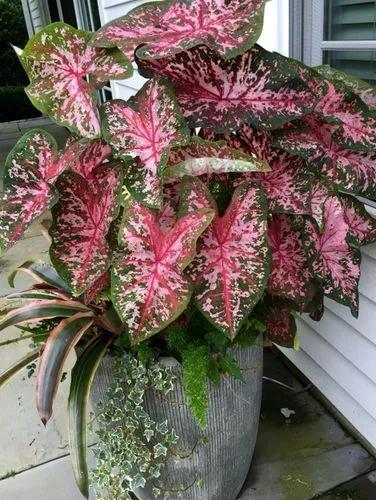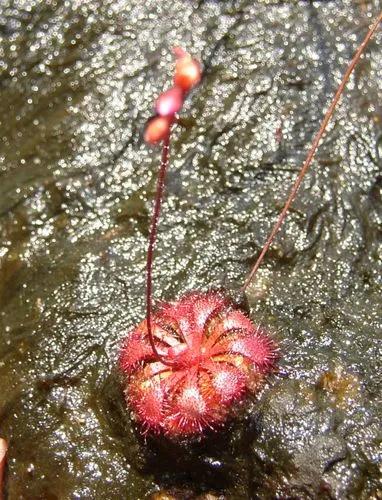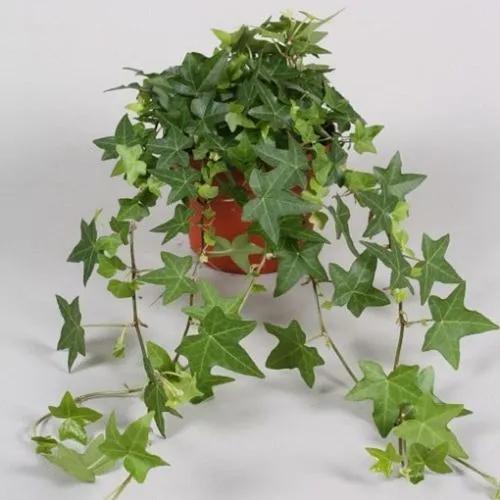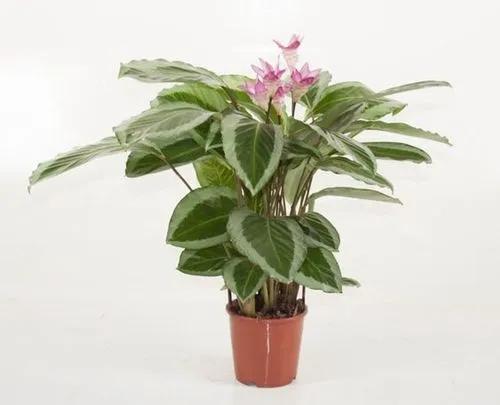Stromanthe sanguinea or Stromanthe thalia, known as tricolor stromanthe, is a plant species native to the Brazilian rainforest. It is a common houseplant in temperate climates for its striking variegated leaves and purple underside of its leaves.
Stromanthe Triostar Care
Thalia sanguinea



Thalia sanguinea full, vibrant plants will grow two to three feet high and one to two feet across at maturity with the proper care. It belongs to the family Marantaceae. Native to the jungles of Brazil, lush plant features elegant pointed green leaves splashed with pale green, cream, and pink on top and colored a deep pink, maroon, or magenta underneath. As a member of the prayer plant family along with marantas and calatheas, your triostar stromanthe will naturally fold up its leaves at night, showing off their striking pink undersides.
How to Care for the Plant

Water

Water your stromanthe when the top 25% of soil is dry. water until liquid flows through the drainage hole at the bottom of the pot and discard any water that has accumulated in the saucer. Your stromathe peacock loves a humid environment, so feel free to mist every day.

Pruning

It is important because damaged leaves and stems can actually be an energy drain on your plant. By removing those dead parts, you're taking some of that work off your plant’s plate and allowing it to divert its energy into healthy leaves and new growth!

Fertilizer

Liquid fertilizers are applied more frequently, bi-weekly or monthly, for example. Granular products are used less frequently, perhaps once every month or two. Slow-release houseplant fertilizers break down slowly and release their nutrients in small amounts, over a longer period of time. A single application of most of these products lasts for three to four months.

Sunlight

Needs a lot of sunlight, but it has to be protected from the strongest rays of the sun. In a south-facing window, blinds should be shading it form direct light. An east facing window, where the sun disappears after about 10 AM, is a good choice as is a west facing window where the plant will receive afternoon sun.

Soil

The ideal blend of soil for plant growth is called loam. Often referred to as topsoil or black dirt by landscape companies, loam is a mixture of sand, clay, and silt.

Temperature

While these plants are cold-hardy to 40°F (4.4°C), they prefer temperatures between 65 to 80°F (18.3-26.6°C), so it’s best to place them in a warm room with no cold drafts.

Container

Choose a pot with drainage holes, which also ensures potting soil doesn't stay too wet after watering your houseplants. The excess can freely escape out the bottom of the container, allowing oxygen to make its way to plant roots.

Popularity

1,186 people already have this plant 338 people have added this plant to their wishlists
Discover more plants with the list below
Popular articles






